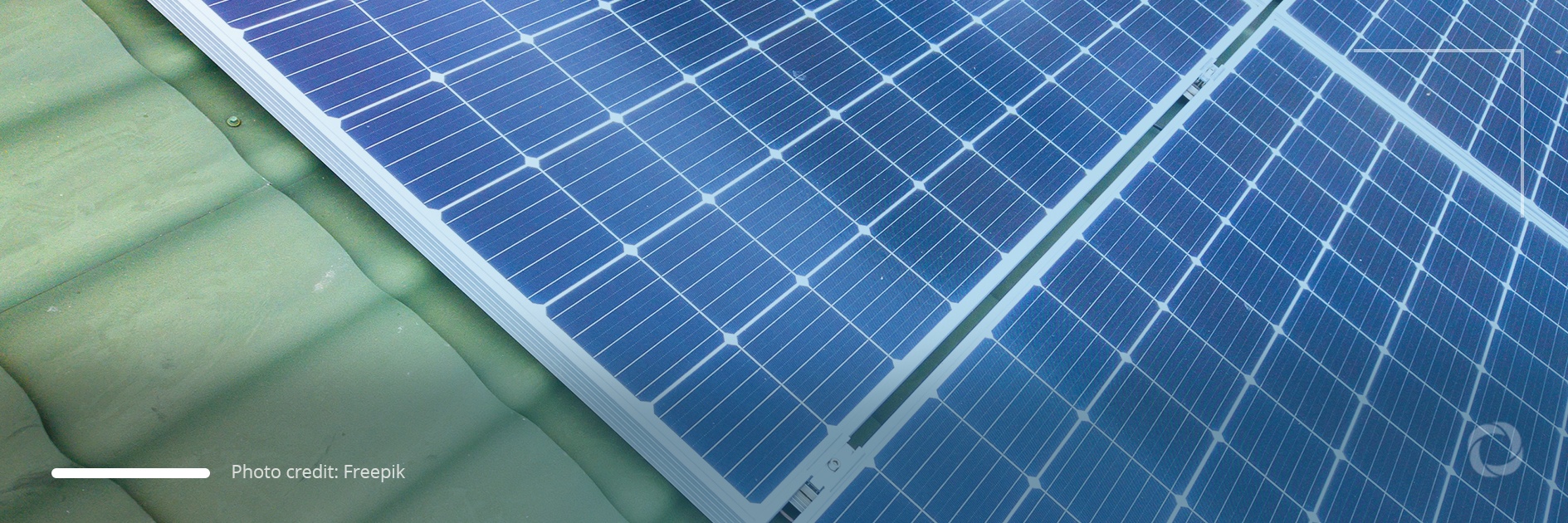With the cost of photovoltaics decreasing from US$4,731 per kilowatt in 2010 to US$883 per kilowatt in 2020, people all around the world are continuing to install PV systems to benefit from energy independence. At the same time, the World Bank states that approximately 20% of the global population resides in areas that have ideal conditions for solar PV. If you have ever wondered how much you could benefit from a rooftop PV system, the International Renewable Energy Agency offers a simulator that allows the calculation of the costs and benefits of a particular rooftop in a particular country.
The total power generated from solar photovoltaic panels (PV) reached 994 TWH in 2021. According to the International Energy Agency, PV utility-scale systems recorded the greatest progress with capacity reaching 512.3 GW in 2021 compared to 29.7 GW in 2012. The capacity of PV residential systems also increased dramatically with a total of 137.5 GW being recorded in 2021 compared to as little as 21.6 GW in 2012. At the same time, forecasts by the International Energy Agency show that the capacity of residential PV systems is expected to reach 264.3 GW in 2026.
Fig.1. PV by segment capacity, main case, World, 2000-2026
Source: IEA
The widespread installation of residential PV systems across various countries has been partially due to the falling costs of photovoltaics. Globally, since 2010, on average the cost for photovoltaics has decreased owing to the widespread availability of materials required for the production of PV panels. On average, in 2020 the installation cost of PV systems was US$883 per kilowatt.
Fig.2. Average installed cost for solar photovoltaics worldwide from 2010 to 2020 (in U.S. dollars per kilowatt)
Source: Statista
When it comes to the energy generated from solar PV panels, not every country has the same potential. However, according to the World Bank, about 20% of the population worldwide resides in 70 countries that have excellent conditions for solar PV. In addition, the countries with the highest potential also have low seasonality, meaning that the potential for solar PV output does not vary significantly throughout the year.
Fig.3. Global map showing practical solar energy potential after excluding physical, environmental, and other factors

Scientists from Columbia University in the US, Imperial College London in the UK, University College Cork in Ireland, and Ahmedabad University in India conducted first-of-its-kind research on rooftop solar energy concluding that Asia, North America and Europe have the greatest potential for electricity generation from rooftop solar panels taking into account other factors rather than solar energy potential. According to the researchers, India and China are among the areas with the lowest costs for achieving the maximum potential and to reach the maximum potential, the cost should be set at US$66 per megawatt-hour and US$68 per megawatt-hour, respectively.
Given that, in 2018, approximately 800 million people lacked proper access to electricity, Dr. Shivika Mittal from Imperial College London noted:
“This new data set will help governments or organizations and business owners to identify solar power ‘hot-spots’ where they can mobilize investment for new solar panels, and this would help in accelerating the adoption of solar power.”
In the respect, if you have ever wondered how much it would cost you to install a rooftop PV panel and benefit from it, SolarCity, developed by the International Renewable Energy Agency, offers an online simulator to evaluate the potential prospects in a number of Asian and African countries. To do this, you simply need to visit the website, select the country from the list available and the location of the rooftop. After choosing the appropriate configurations, the simulator will show the costs and financial and environmental benefits of that particular rooftop solar PV system.

